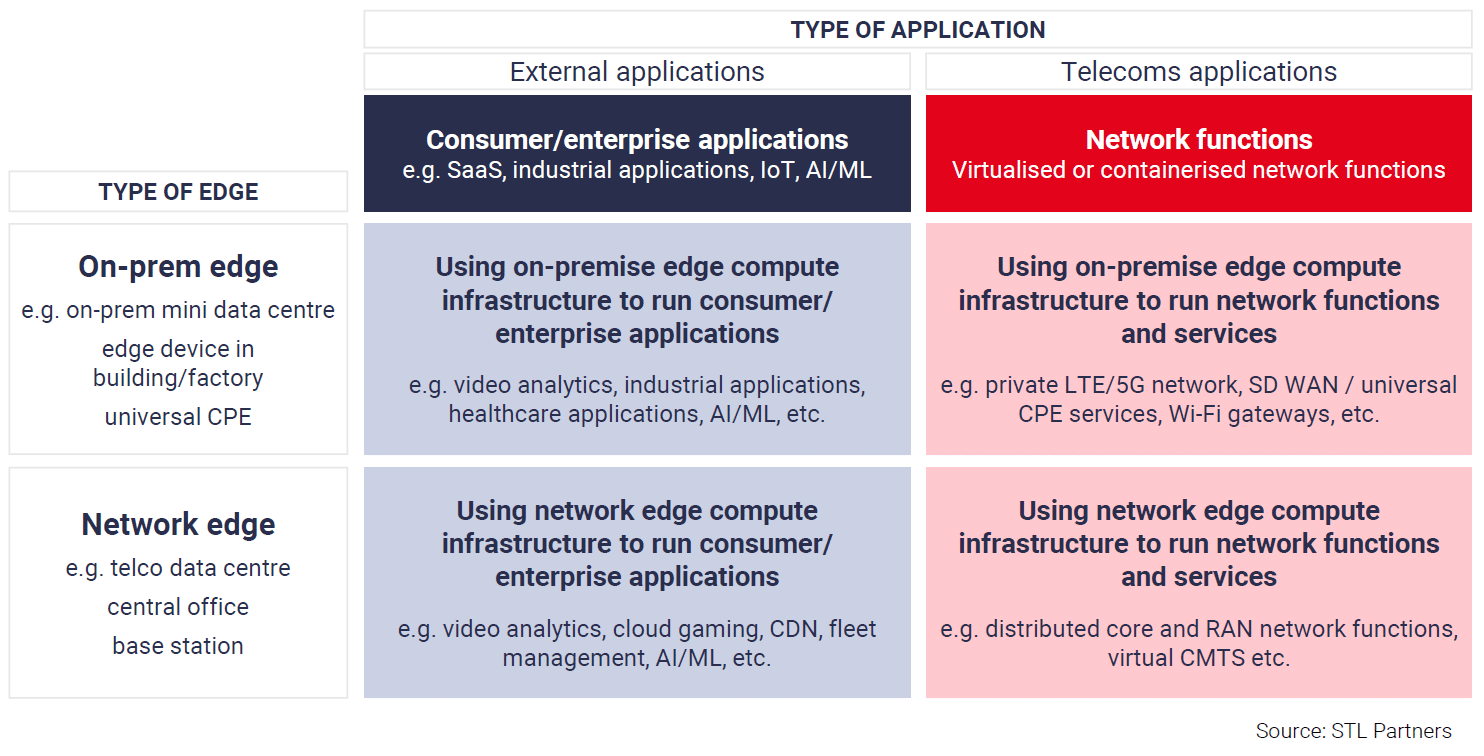New edge computing trends revealed as global IT spending set to exceed $4 trillion by 2022

A new Gartner survey is suggesting that worldwide IT spending will reach a total value of $4.5 trillion in 2022, marking a 5.5 percent increase from 2021.
The growth will be led by enterprise software and IT services adoption amidst increasingly complex hybrid work trends, as well as substantial spending on data center systems, according to the report.
Edge computing will play a key role in a still rapidly evolving market for cloud-based services.
STL Partners recently released new data suggesting that the edge infrastructure of the future will be predominantly multi-cloud, suggesting a path for communications service providers (CSPs) to play in the cloud market.
The report illustrates results from a survey conducted by the research firm with 150 CSPs, with 70% of them saying edge computing will remain a focus for telecoms operators in the foreseeable future.
According to the new data, the telecoms industry has been exploring the technology for over four years, starting from network functions virtualization (NFV) for mobile edge computing (MEC). Edge computing has since evolved to be multi-access and can now incorporate both fixed networks and non-cellular networks.
In terms of telco applications, the STL Partners report highlights a wide spectrum, including edges from devices as well as regional data centers, some of which may be operated directly by CSPs.
The two main categories of use cases here are telecom applications that run, protect and monitor the network, and consumer/enterprise applications provided by CSPs to third-party customers.
This second category comprises supporting enterprises in deploying IT applications locally to comply with data sovereignty laws, developers using edge to optimize their applications, and IoT (Internet of Things) solution vendors using edge to reduce latency for mission-critical applications, among others.
The STL Partners survey results suggested that 40% of edge computing investments in the next two years will be used to support these applications, as opposed to being deployed as part of network functions infrastructure.
To tap into these emerging markets, many telecoms operators are focusing on three potential strategies.
The first one is to focus on enterprise connectivity and networking, the second one on developing a horizontal, cloud-like platform for developers, and the third one on building end-to-end solutions for specific verticals.
The STL Partners report analyzed each of these strategies and provides telecoms operators with information about how to build edge computing infrastructure that can support both enterprise applications and network functions.
The survey also provides data related to how closely telecoms operators should work with partners to build their edge and take services to market, and how they can effectively work with the existing edge ecosystem.
Dell Technologies renews edge efforts beyond the data center
Article Topics
cloud services | edge computing | Gartner | MEC | STL Partners | telco





Comments